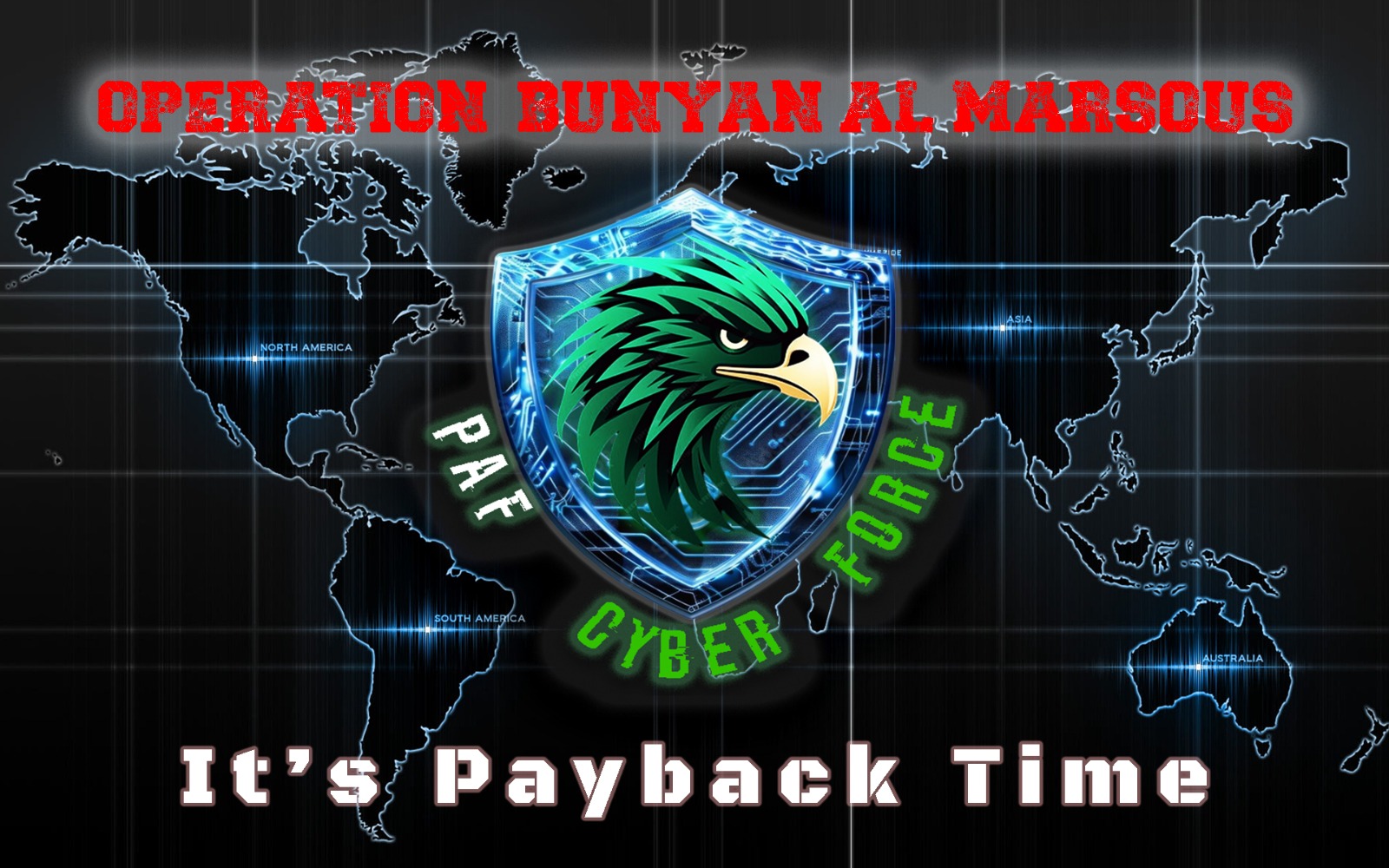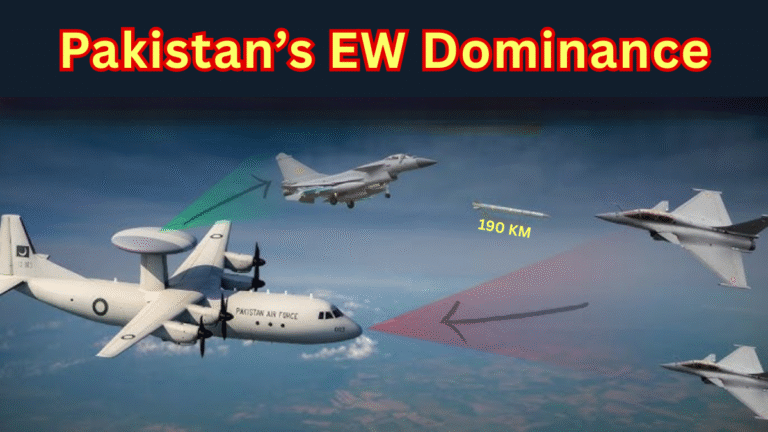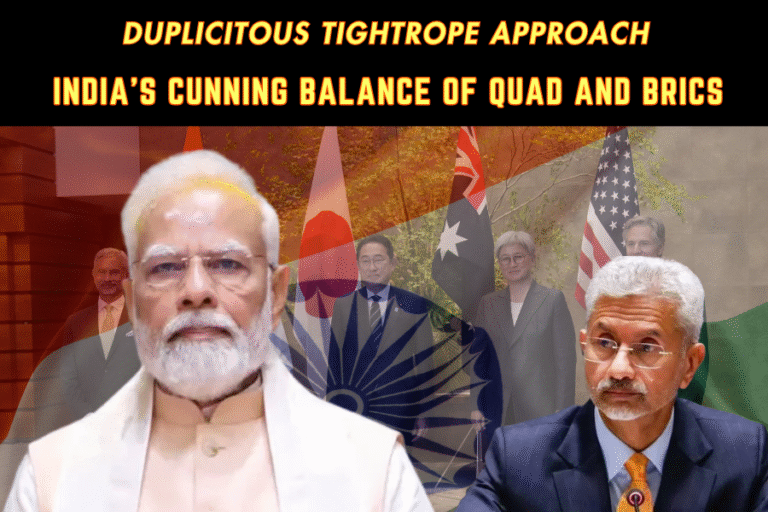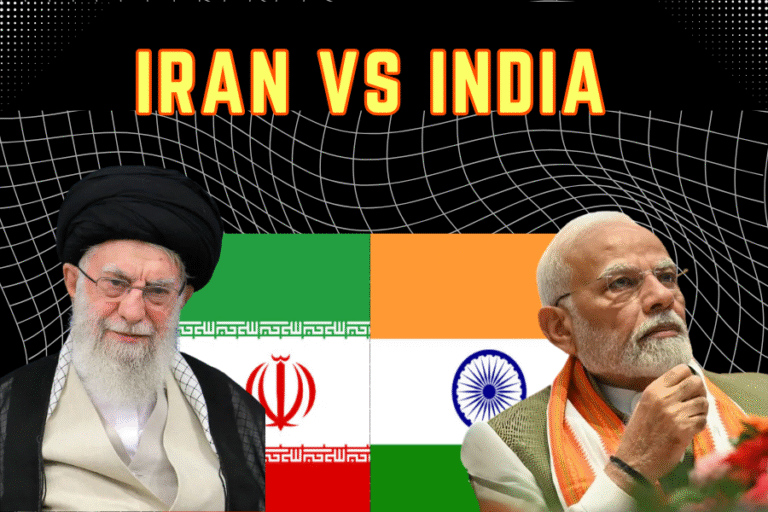The Cyber Front: Pakistan’s Digital Counteroffensive
As India launched Operation Sindoor against alleged militant camps, Pakistan retaliated militarily with Operation Bunyan-un-Marsoos. Simultaneously, Pakistani cyber teams sprang into action.
According to cybersecurity reports and media sources, over 1.5 million cyber offensives were initiated by Pakistani entities—some state-backed and others driven by independent hacktivist groups. Though only about 150 attacks breached Indian defenses, their symbolism and timing sent shockwaves across the Indian cyber landscape.
Types of Attacks Launched
- DDoS Attacks: India saw a 9700% surge in DDoS attacks, peaking on May 10—the final day of the conflict. Indian government portals, including the Ministry of Defense, Press Information Bureau, and even the Prime Minister’s Office, were reportedly hit.
- Malware Infiltrations: Custom-made malware such as Dance of Hillary and Calls from Military targeted Indian defense personnel and journalists, hinting at deep intelligence-gathering operations.
- Narrative Warfare: By infiltrating communication channels and exploiting psychological vulnerabilities, Pakistani cyber actors challenged the Indian state’s narrative both domestically and internationally.
Impact and Perception Management
One of the most hotly debated incidents was Pakistan’s claim of paralyzing 70% of India’s power grid during Operation Iron Wall. While Indian officials attempted to dismiss the incident through press statements and PIB fact-checks, reports of localized blackouts in multiple Indian cities emerged simultaneously, casting doubt on official Indian denials.
Regardless of the actual technical success, the psychological impact was undeniable. India was forced to reckon with its digital vulnerabilities and suffered an image blow on the international stage.

India’s Retaliation: Breaches, Boasts, and Backlash
In retaliation, India mobilized groups like the Indian Cyber Force (ICF), which claimed to hack over 1,000 Pakistani IP cameras and leaked 150 GB of data from the Federal Board of Revenue’s IRIS portal, containing taxpayer CNICs and contact information.
While Indian media portrayed these breaches as monumental victories, Pakistani cyber analysts and social media communities were quick to counter. The alleged breach of Habib Bank Limited drew particular scrutiny. Pakistani netizens exposed inconsistencies and mocked Indian hackers for sharing outdated or irrelevant data.
News9 confirmed the FBR leak had partial authenticity but most of the data was outdated (2021–2024). The response from Pakistan’s cyber defense community was confident yet composed: “This is a narrative war. Let the truth speak louder than propaganda.”
The Bigger Picture: Cyber as a Tool of Influence, Not Annihilation
While neither side succeeded in causing critical infrastructure collapse, the digital battlefield became an arena of perception, deterrence, and influence.
- Pakistan’s operations were measured, timely, and symbolically potent, amplifying strategic deterrence.
- India’s response, though loud, lacked precision and often bordered on exaggeration and disinformation.
- Global observers noted Pakistan’s cyber maturity, with media reports highlighting its growing influence in hybrid warfare.
Cyber Support from the Muslim World: A Broader Digital Alliance
In a striking display of global digital solidarity, several countries across the Muslim world—Malaysia, Indonesia, Bangladesh, Turkey, Morocco, and others—also launched coordinated cyber offensives against Indian infrastructure during the May 2025 conflict. These attacks were not officially state-sponsored, but rather conducted by independent hacker groups and patriotic collectives who rallied under a shared cause: condemning Indian actions against Pakistan & Azad Kashmir and showing unity with Pakistan. Indian websites, including government portals, media outlets, and corporate servers, faced a flurry of coordinated cyberattacks that overwhelmed systems, exposed security gaps, and disrupted public access. From defacement of websites to mass DDoS operations, these cyber units sent a powerful message of digital resistance. While each group acted independently, their efforts converged into a unified front against Indian digital dominance, showcasing the emerging reality that cyberwarfare now transcends borders, alliances, and even continents.
Lessons Learned
- Cyber Power is Real Power: Pakistan showcased that in modern warfare, a nation’s strength is no longer defined by tanks alone—but also by lines of code.
- Misinformation Must Be Fought Relentlessly: Pakistan’s swift rebuttals of Indian claims, backed by fact-checks and citizen journalism, won the narrative war.
- Collaboration is Key: Multiple Pakistani cyber groups—including ethical hackers and independent collectives—worked in unison, reinforcing national defense through cyberspace.

Detailed Breakdown of Cyber Operations
| Aspect | Pakistan’s Actions | India’s Actions |
|---|---|---|
| Volume of Attacks | Over 1.5 million attempts, 150 successful; DDoS peaked May 10, 9700% increase from April 22 | Specific breaches like 1,000+ IP cameras, 150 GB FBR data leak |
| Types of Attacks | DDoS, malware (“Dance of Hillary,” “Calls from Military”), data breaches | Data breaches, camera compromises, symbolic leaks |
| Targets | Indian MoD, PMO, defense sites, critical infrastructure | Pakistani banks (HBL), government portals (FBR), IP cameras |
| Impact | Limited, mostly minor disruptions; power grid claim unverified. | Limited, Exposed sensitive data, symbolic impact, verified by News9 |
| Controversy | 70% power grid paralysis claim widely disputed, official denials on X | Pakistani skepticism, but some data authenticity confirmed |
This table encapsulates the key dynamics, highlighting the asymmetry in claimed versus actual impact, and the role of misinformation in shaping perceptions.
Conclusion: A New Dawn for Cyber Defense in Pakistan
The May 2025 conflict underscored a hard truth—future wars will not only be fought on the ground, but also in the digital ether. Pakistan’s cyber warriors, whether in intelligence cells or independent outfits, stood tall against Indian aggression, defended national interests, and exposed enemy vulnerabilities with courage and precision.
As Pakistan navigates an era of hybrid threats, its cyber resilience, patriotism, and clarity of purpose will remain its first line of defense.xtension of information warfare, with both sides leveraging digital tools to project strength and undermine the other, amid a fragile ceasefire and ongoing tensions.







